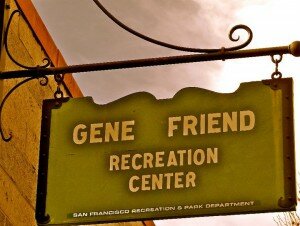I am at the San Francisco VA hospital for my second semester rotation of nursing school. A side effect of this has been to put vets, especially homeless vets, high on my radar. Today a gentleman was panhandling outside of the grocery store and his sign said he was a Vietnam vet, so I gave him five dollars. Now you might think, considering my homeless sympathies, that I give all panhandlers money, but considering the town I live in, and the areas I hang out in, I’d be giving out a lot more than I could afford. Lately however, I’ve been finding it harder and harder to turn down vets.
As you may imagine I’m really not the biggest supporter of war, and I’m also a huge fan of cutting military spending. However, the one area of spending I would never vote to cut is funding related to veteran services or enlisted people’s benefits. I generally see the military as a necessary evil; evil in that, “Every gun that is made, every warship launched, every rocket fired signifies, in the final sense, a theft from those who hunger and are not fed, those who are cold and are not clothed,” as eloquently described by Dwight D. Eisenhower. In other words it’s money that is used to protect society, not to build it up. I agree with this except in that it has become (or always has been) a way for citizens with limited opportunities to make a decent life for themselves and their families, and I think this is awesome. Not only is it an occupation that most people find brave and noble, but it also provides an industry that, in theory anyway, should take care of its members throughout their lifespan. I know that we are not on the path to deconstructing the military industrial complex in my lifetime, so if it can also function as a safety net for a proportion of our society I feel that it will function as more than just a necessary evil.
That makes me feel pretty good. Until of course, I go to the grocery store to buy gluten free bagels (WHICH THEY WERE OUT OF), and there is an ex serviceman standing outside in the rain with a sign telling me how he fought for my country and now can’t afford to feed himself. This makes me really, really angry.
Almost every politician, no matter their political leaning, gives lip service to supporting our troops. With that political atmosphere you’d think that veterans would have a huge safety net within our society, but this statistic from the National Coalition for Homeless Veterans suggests that is not the case: 23 percent of the homeless population are veterans; that makes a vet three times more likely to be homeless than a member of the general population. Of these people 76 percent have alcohol, drug or mental health problems, a problem that’s likely to become worse as the vets who are returning from Iraq and Afghanistan have a higher incidence of traumatic head injuries.
I support my vets, but I wish I could do so as a nurse instead of as a pedestrian.











